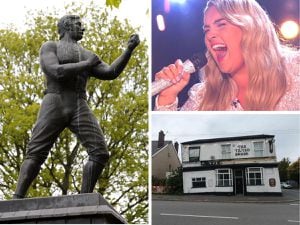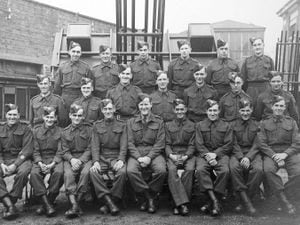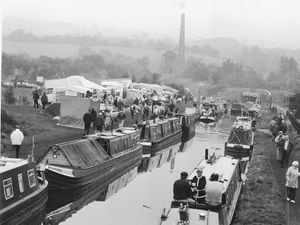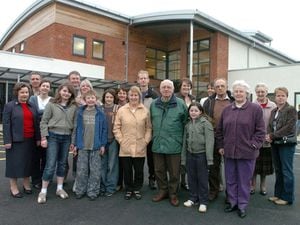Pearl Harbour: Day of infamy which changed history
December 7, 1941 – a date to live in infamy.
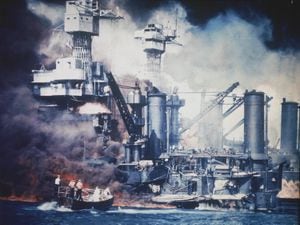
A Sunday morning, a sleeping nation, and a devastating surprise attack 80 years ago.
The Japanese raid on Pearl Harbour was the 9/11 of its day, which enraged America and was the act which brought the neutral US into the Second World War.
For Winston Churchill the significance was immediately obvious. Whatever trials and tribulations that would follow, the war was won. He was to write that after hearing the news of Pearl Harbour "I went to bed and slept the sleep of the saved and thankful".
Militarily the Americans suffered a dreadful blow. Pearl Harbour was their major naval and air base in the central Pacific and their entire battleship force was destroyed or disabled at a stroke, together with many aircraft which were destroyed on the ground.
The human cost was 2,403 service members killed and a further 1,178 wounded.
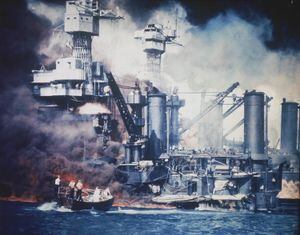
Relations between the US and Japan had seriously deteriorated and the Americans were expecting some sort of attack, but seriously underestimated the ability of the Japanese to project naval air power. With Hawaii being about 4,000 miles from Japan, American thinking was that any Japanese military action would probably be directed towards the Philippines.
Here are 10 facts about the momentous events of 80 years ago which were to change the course of the war.
1. THE JAPANESE PLANNED A KNOCKOUT BLOW
Every front line Japanese aircraft carrier was involved in the operation – a total of six, with over 420 embarked aircraft. Their forces trained in great secrecy for about a year. The danger to warships at anchor from carrier-borne planes had already been spectacularly demonstrated by a successful British air attack on the Italian fleet at Taranto in November 1940.
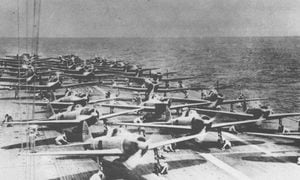
2. THE AMERICANS SAW THEM COMING
On the morning of the attack, radar operators on the northern tip of Oahu detected a large force of approaching aircraft and reported it in. However its significance was missed, because it was assumed that it was a flight of B-17 bombers which were known to be flying in from the mainland United States. But that was not all. As part of the operation the Japanese sent a small fleet of mini submarines to attack, but one of them was spotted and sunk near the harbour entrance about an hour before the arrival of the aerial component of the assault. The news was still filtering up the chain of command when the bombs started to drop.
3. THE DESTROYED FLEET ROSE AGAIN
In one of the greatest salvage operations in history, most of the American ships which were sunk at Pearl Harbour were subsequently righted and refloated, repaired and modernised, and went on to fight in future campaigns to help defeat Japan.
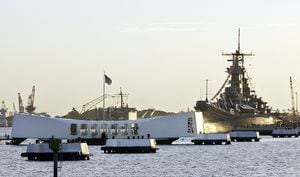
Of the eight battleships in the harbour that fateful morning, only three were never to fight again. They were the USS Arizona, which blew up with grievous loss of life and the wreck of which is now a Pearl Harbour memorial; USS Oklahoma, which although being successfully raised was too badly damaged to be returned to service; and USS Utah, which was a target ship and gunnery training ship.
Some of the less badly damaged battleships were back in action after only a few months.
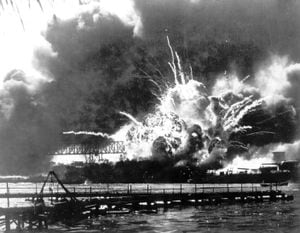
4. THE ONES THAT GOT AWAY
The American aircraft carriers USS Enterprise and USS Lexington were both at sea at the time of the raid and so missed the fate of the battleships and, crucially, meant the US retained some offensive and defensive capability in the Pacific. Although the loss of battleships at Pearl Harbour was a military disaster, the unfolding of the Pacific war was to show that aircraft carriers had become the most potent weapon of the seas.
5. THE SECRET AIR BASE
As well as the naval losses, around 180 American aircraft were destroyed, mostly on the ground where they were easy targets, being parked close together to make them easier to protect against sabotage, which had been regarded as the main threat by local commanders. While the main airfields suffered major raids, the Japanese were unaware of a small auxiliary airstrip called Haleiwa on the north of the island. American fighter pilots acting on their own initiative dashed there and took off to engage the raiders, shooting down nine of the total of 29 Japanese planes lost that day.
6. TRAGEDY OF THE TRAPPED
Three sailors, aged 18, 20, and 21, were trapped in an air pocket in the sunken USS West Virginia and their banging on the hull was to haunt those who heard it. Sadly there was no way to rescue them and when the wreck was salvaged six months later the bodies were recovered along with a calendar on which 16 days had been crossed off.
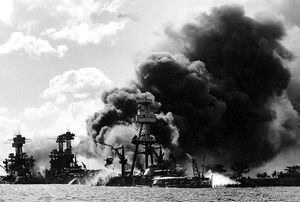
7. TERROR ISLAND
After taking part in the attack, one damaged Zero fighter force landed on the Hawaiian island of Niihau where the Japanese pilot was first treated as a guest by local inhabitants, who were unaware of the events at Pearl Harbour. After several days the pilot ended up terrorising them, before being overpowered and killed.
8. IT ALL HAPPENED AGAIN
Only nine hours after Pearl Harbour, Japanese forces attacked the Americans in the Philippines where commanders had been warned and were on full alert. Nevertheless, most of the American air force in the Philippines was caught on the ground and destroyed in a forgotten military catastrophe and, while the Pearl Harbour commander, Rear Admiral Husband E Kimmel, was sacked, the Philippines commander, General Douglas MacArthur, eventually rose to become America's senior commander in the Pacific.
9. AMERICA GOT HER REVENGE
The architect of the Pearl Harbour raid was Admiral Yamamoto, who had studied at Harvard in America and travelled widely in the country. Acutely aware of the power of the United States, he was the one who had insisted that six aircraft carriers, the strongest possible force, should be used. In April 1943 American intelligence intercepted a message containing details of Yamamoto's visits to Japanese bases and quickly organised an airborne ambush. P-38 fighters flying at long range shot down Yamamoto's plane which crashed into the jungles of Bougainville Island in Papua New Guinea, killing him.
10. ONE VOTED AGAINST
On December 8, 1941, the US Congress voted 388-1 to go to war with Japan. The single vote against was by Jeanette Rankin, a pacifist, who had become the first woman elected to Congress in 1916. “As a woman I can’t go to war, and I refuse to send anyone else,” she explained.
And in an important and far-reaching development, four days after Pearl Harbour, Germany declared war on America. This spared President Roosevelt a difficult decision, as American fury was directed against Japan and an American declaration of war on Germany could have faced opposition.
One last thing. The original copy of Roosevelt's famous "day of infamy" speech given to Congress disappeared afterwards and for years was thought lost. However it was discovered in 1984 by an archivist among Senate records.


